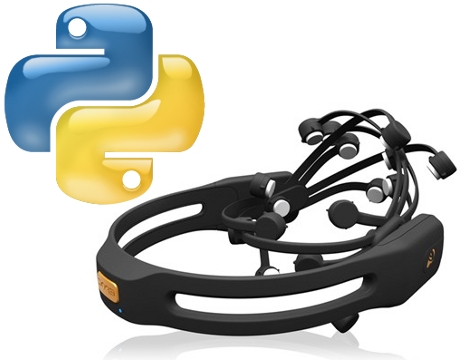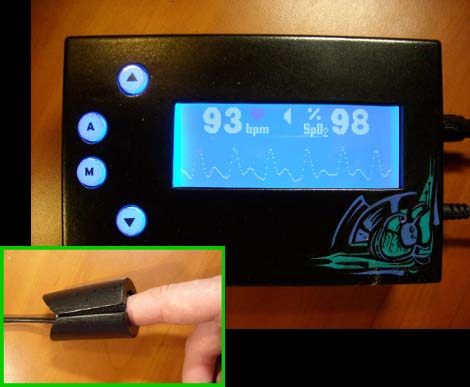
Want to control things with your mind? The Emotiv EPOCH EEG is one of the best pieces of hardware you can get that is ready to be hacked into your project. Too bad the entry-level SDK will set you back $500. Or you can take advantage of [Cody Brocious’] work by using his Emotiv Python Library. He sniffed around the data coming in over the USB connection and discovered that it’s encrypted. With a bit of trickery he extracted the key and built the 128-aes decryption routine into his package. So far this just pulls raw data from the unit so it’s up to you to figure out how to properly filter the signals and differentiate which sensor corresponds to each data stream. But it’s a start, and hopefully it’ll lead to more mind controlled doo-dads.













